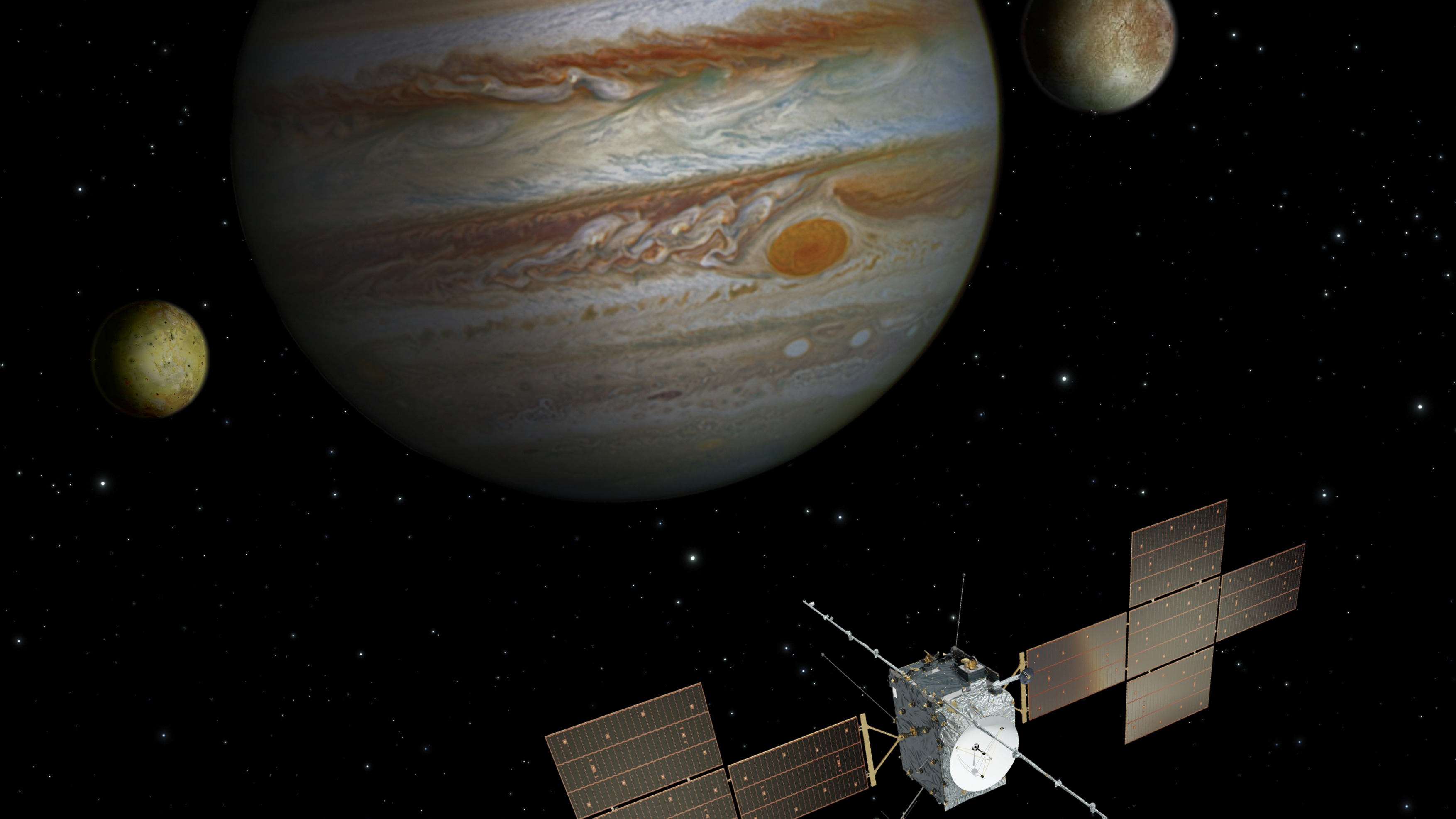Natural satellite ephemerides are a key source of information for tidal dissipation, which provides crucial constraints on satellite evolution, with strong implications for understanding habitability of subsurface oceans of icy bodies. Galilean satellite ephemerides currently use only classical astrometric and mutual event data (Lainey et al., 2009). Future ephemerides can benefit substantially from radio tracking of the JUICE and Europa Clipper missions (Dirkx et al., 2017), as well as Earth-based stellar occultations and mutual approximations. Only by adequately merging these Earth- and space-based radio-, astro-, and photometric data can future ephemerides reach their full potential in contributing to science goals mentioned above. Achieving this will require a novel revision of ephemeris solution and interpretation strategies. The core idea of our proposal is to develop, apply and disseminate such methods in a consistent manner, with the Galilean moons as our primary application. The classical approach is to separate the spacecraft and moon dynamics during ephemeris estimation. However, this reduces the possibility to exploit inter-technique and inter-mission synergy. Our method will be based on a coupled estimation of multi-arc spacecraft and single-arc moon dynamics, using both real and simulated data as input. By performing a global inversion, solving for all dynamical states and associated system properties (e.g. dissipation parameters), our model will automatically exploit any synergy between data types. This will allow us to provide recommendations to ground-based observers, and JUICE and Clipper science teams, for optimal data acquisition and fusion strategies. In doing so, our work will facilitate an enhanced science return of both missions, beyond what could be achieved with classical methods and approaches. Our tools (based on the Tudat software) will be disseminated under open-source license, maximizing the availability and transparency of our work.

